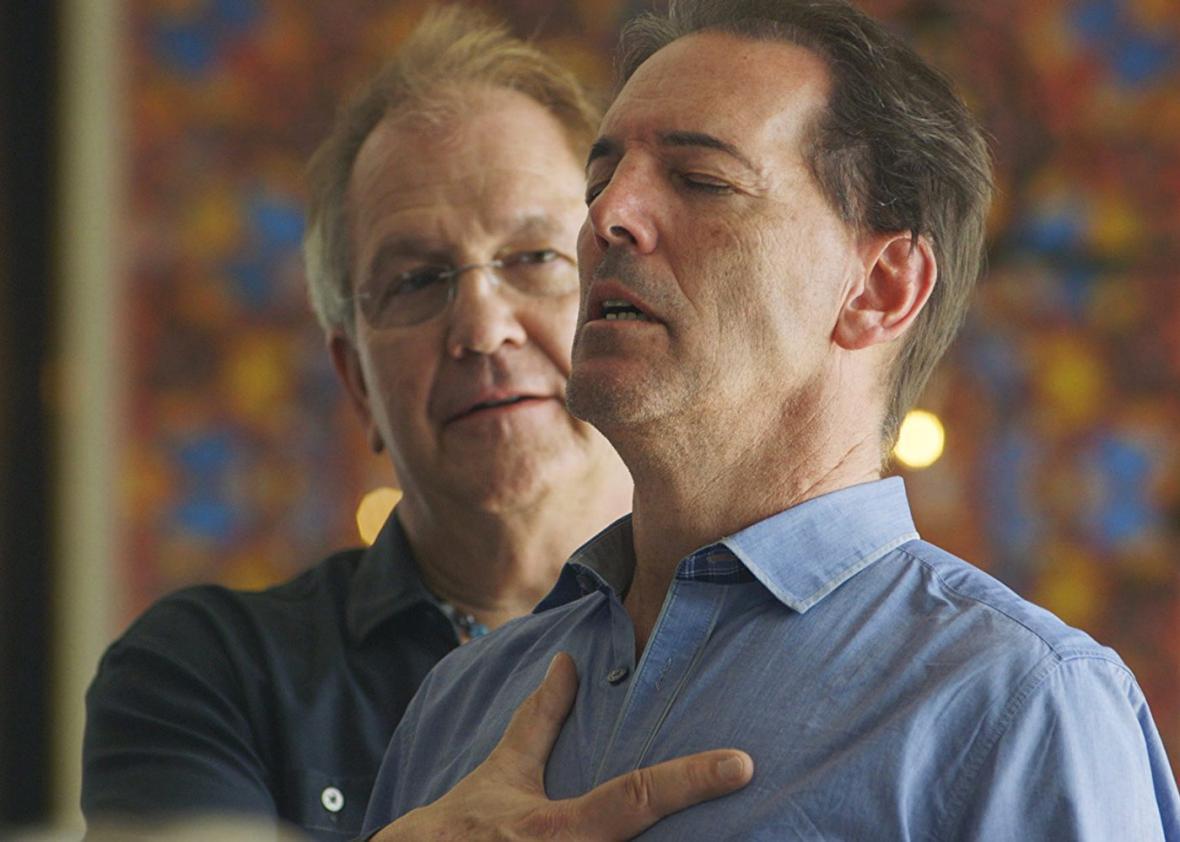Several years ago, I had a patient named Howard. Howard had a muscle-wasting disease that confined him to a wheelchair, a wife who was severely ill, and a growing anger and outrage that he wasn’t able to pay for comfort care for either of them. The sicker Howard and his wife became, the angrier he was, until one day he expressed homicidal rage toward a lawyer he used to work for who owed him money. I called in two different psychiatrists to assess Howard—both dismissed the homicidal plan as pure fantasy, since it involved rising out of the wheelchair.
Less than a month later, Howard asked a friend to drive him to the lawyer’s office in Brooklyn. When he reached the office, he rose out of the wheelchair and shot him with a gun he had brought. Luckily, he only had the strength to lift his arm high enough to shoot the lawyer in the leg, and he survived. I wrote a letter to the court that Howard wasn’t fit to serve a prison sentence, and he received a compassionate release.
I told this story in my book The Inner Pulse, Unlocking the Secret Code of Sickness and Health. As I was writing the chapter about Howard’s mind-over-matter moment, I discovered a physical explanation that I hadn’t previously considered. In late 2007, a tiger jumped 12 feet to escape its pit in the San Francisco Zoo. In searching for an explanation for this unprecedented event, I discovered that the thigh muscles are the most powerful muscles in the body but are under the most inhibitory control by the brain. A sudden strong emotion, such as fear or rage, can be enough to overcome this inhibition causing a sudden muscular release and may explain the striking exertion both Howard and the tiger were able to achieve. This doesn’t take away from how powerful and unusual both events were, but it does help to explain them.
The human body has both spiritual and physical components—when processing health and disease, there is rarely one without the other. A new spiritual documentary by Kelly Noonan Gores, Heal, attempts to dissect the ways in which spiritual healing matters to physical healing, and it does a good job detailing alternative approaches to healing. As a physician, I understand the nocebo notion that stress and negative emotions may lead to disease, or affect disease outcomes in a negative way. It is also true, as the film suggests, that too often Western medicine practitioners treat the body as a machine and throw pills at a problem without fully considering how these pills impact body chemistry or cause effects that may be worse than the original problem. (I recall a patient for whom I once prescribed an antidepressant, who told me he was more depressed by the constipation the medicine caused than by his original problem.)
The problem, though, is that Heal spends hardly any time exploring the scientific underpinnings of the miraculous cures it highlights, or why they frequently fail for others. As the movie progresses, a more overriding theme takes over: It isn’t just relieving stress that’s at stake here, it’s the power of divine intervention. The film presents both a self-appointed “divine conduit,” as well as the healing power of different kinds of meditation. Deepak Chopra himself discusses the broad applications of meditation in the movie (he was also present at the screening in New York that I attended).
This is where Heal really goes too far. One of the film’s patients is told he will never walk again without major back surgery and metal rods but manages to overcome his spine fractures through visualizing the problem combined with exercises. Another patient shrinks her lymphoma by envisioning the war in her bloodstream and the cancer losing the battle with her chemical treatment. When her lymphoma disappears, the implication is that her mind power is even more responsible than her chemotherapy. These stories are presented as mainstream when they are in fact rare outliers.
To be fair, Heal does not suggest that overcoming fear or “changing emotional state to a state of gratitude” should take the place of standard treatments like chemotherapy or the personalized immunotherapies of the near future, but rather that replacing toxic thoughts and stress hormones with so-called tonic neurochemicals including oxytocin and serotonin can only help your chances and bolster your immune system.
I spoke to the thoughtful filmmaker, Kelly Noonan Gores, right before the screening, and she said that if someone buys into a negative program or limited expectation “they are more likely to meet that fate.” I studied the long-term impact of fear on health in my book False Alarm, the Truth About the Epidemic of Fear. I do agree with Noonan Gores that the “chemistry of fear” can hasten disease—there is evidence to back that up. Heal is also profoundly right when it suggests that too often illness leads to a state of powerlessness, a desire to not be a burden, as well as a sense of guilt.
In many ways, the film’s points are valid. But what about those who try to overcome cancer or disabilities by the power of concentration or herbal treatments or positive spiritual thinking—and fail? Isn’t it cruel to give people false hope? And what, exactly, does it mean to take control of your illness? Surely it means more than trying to will your cancer away or channel your inner rage. Avoiding negative emotions is one thing, but the problem with false promises is that they can cause harm, too. If you believe too much in the power of positivity, you may find yourself woefully disappointed by life, which can make no such promises.
